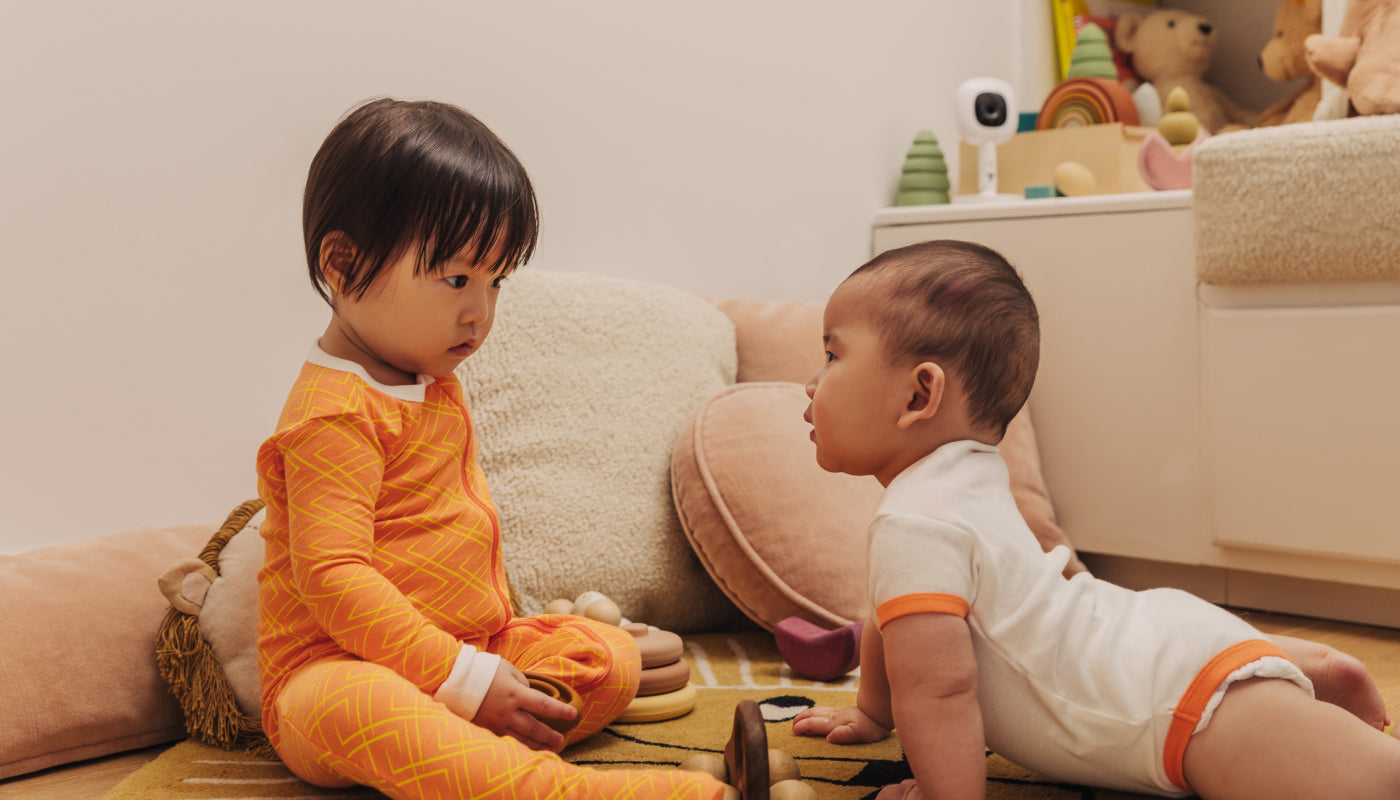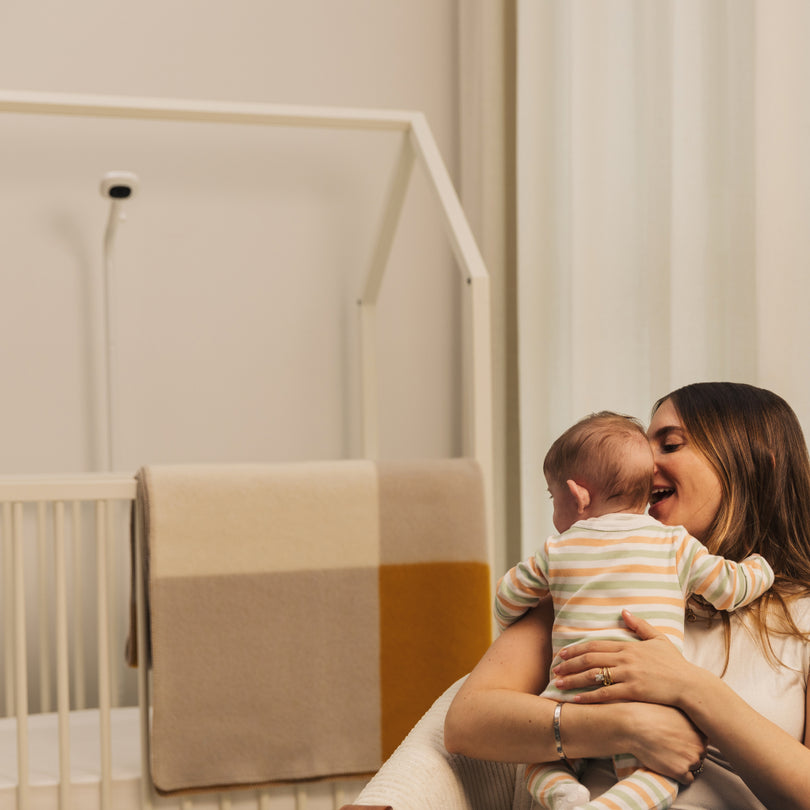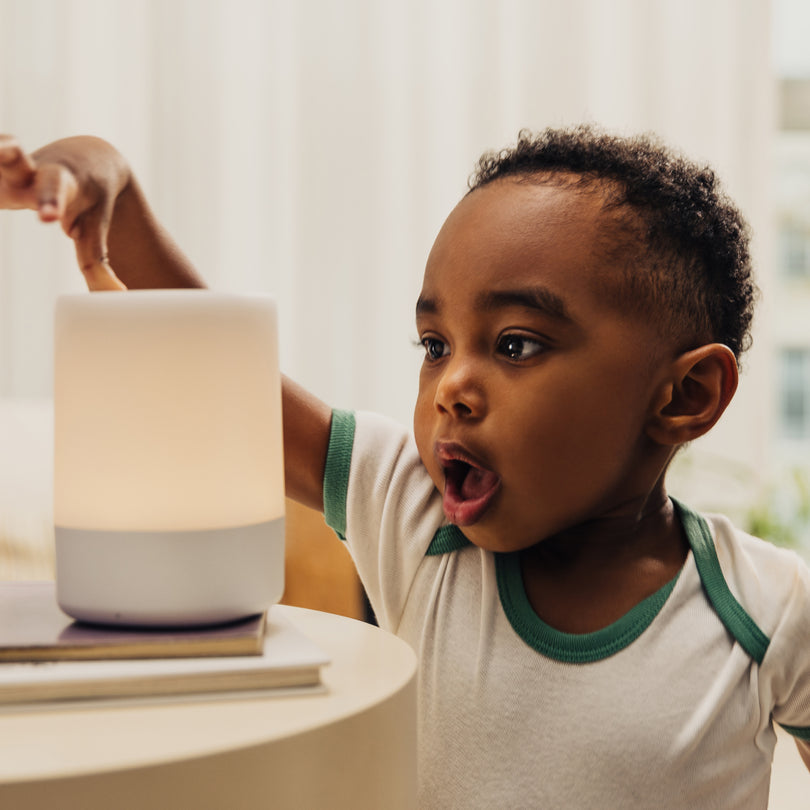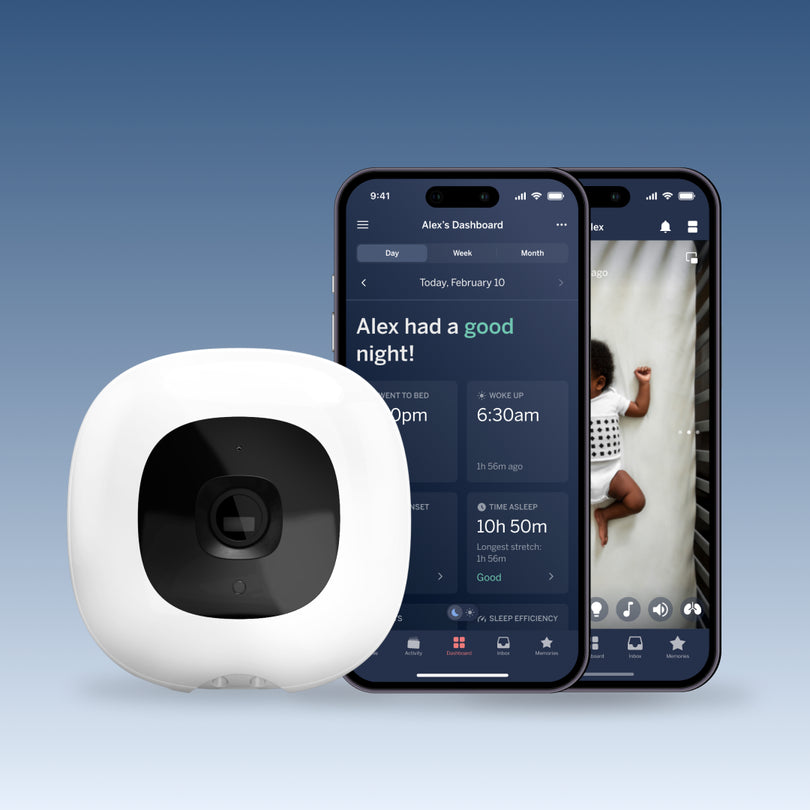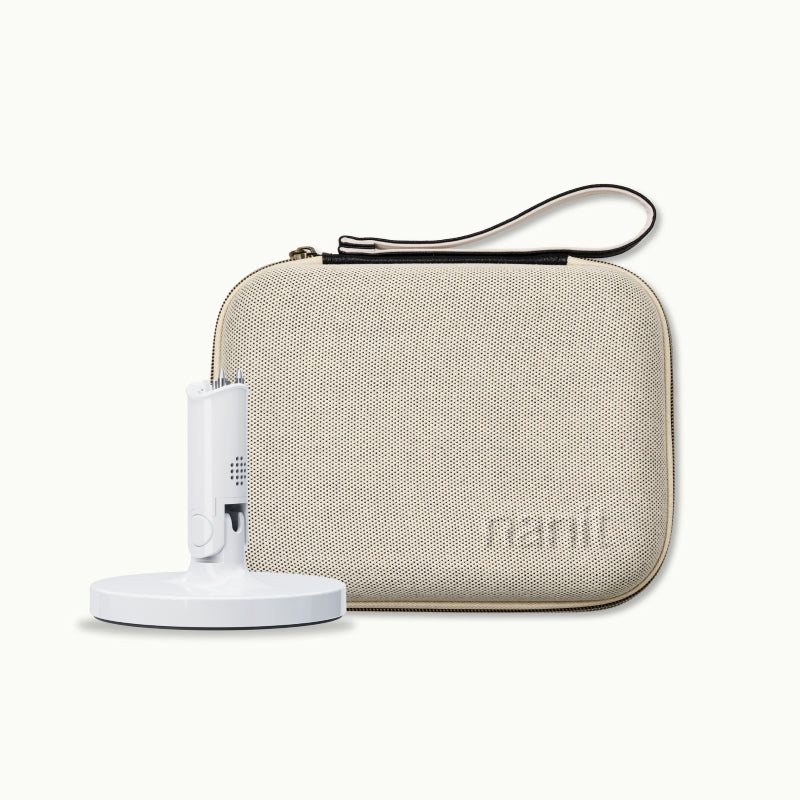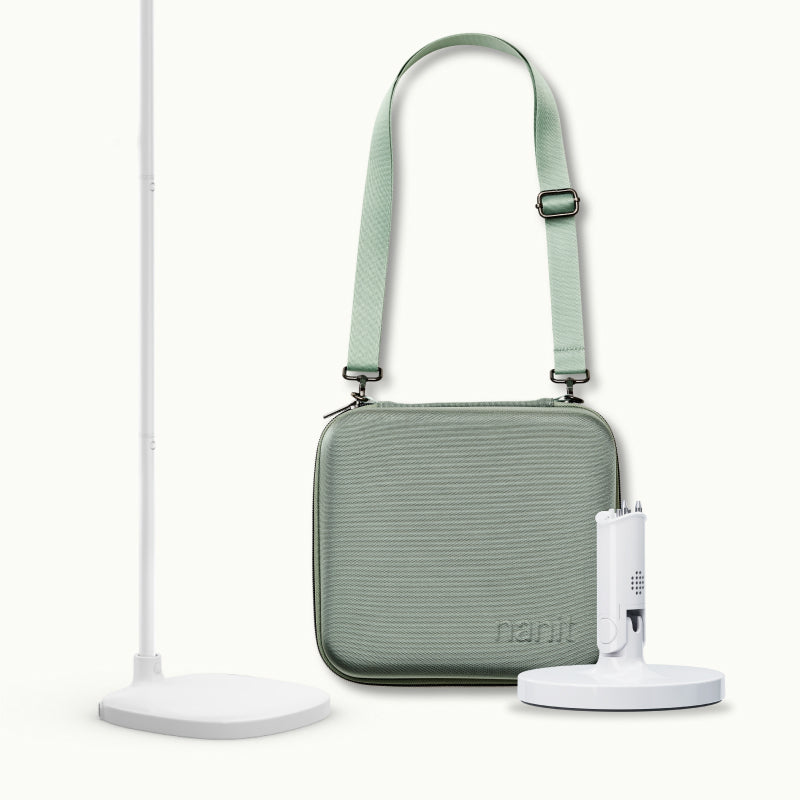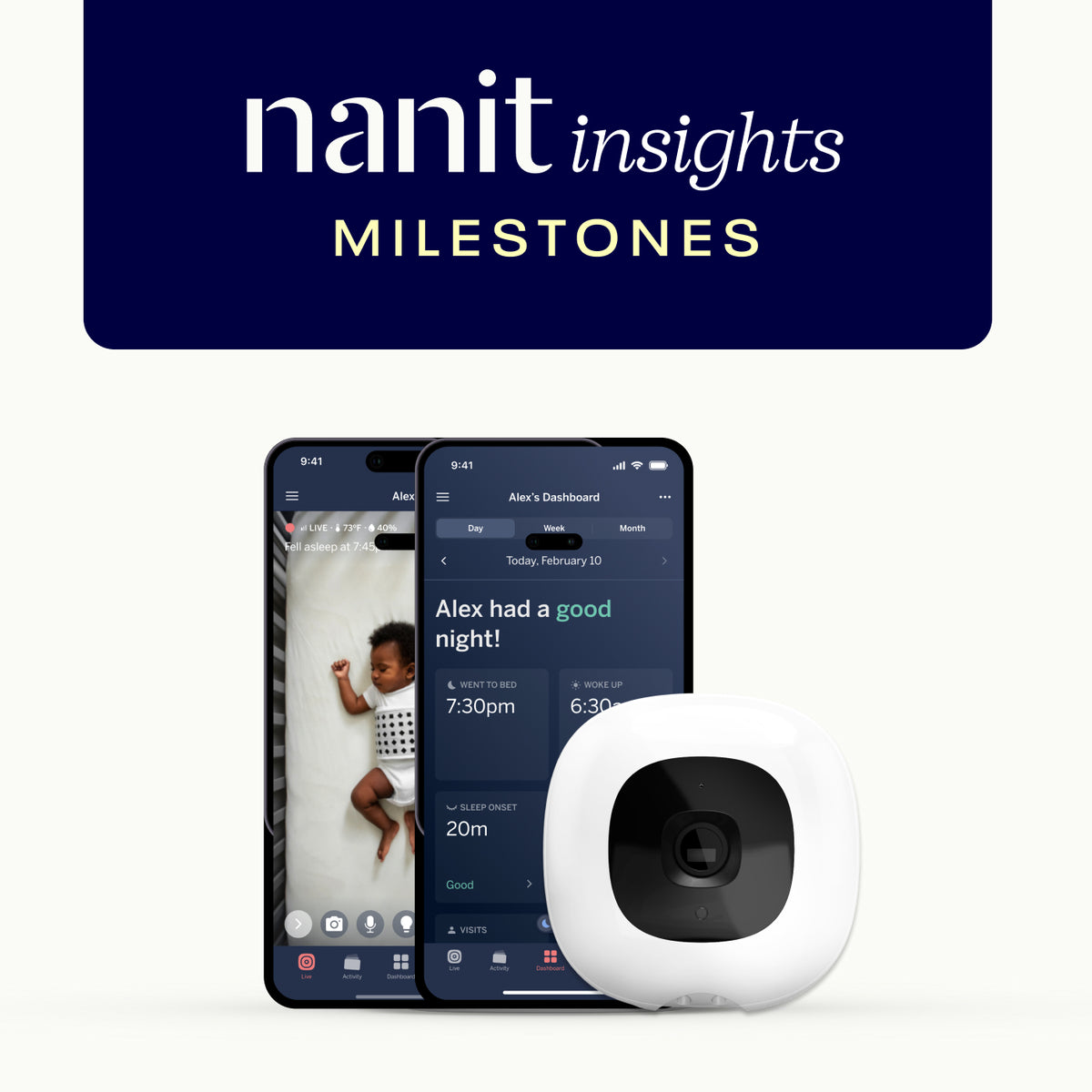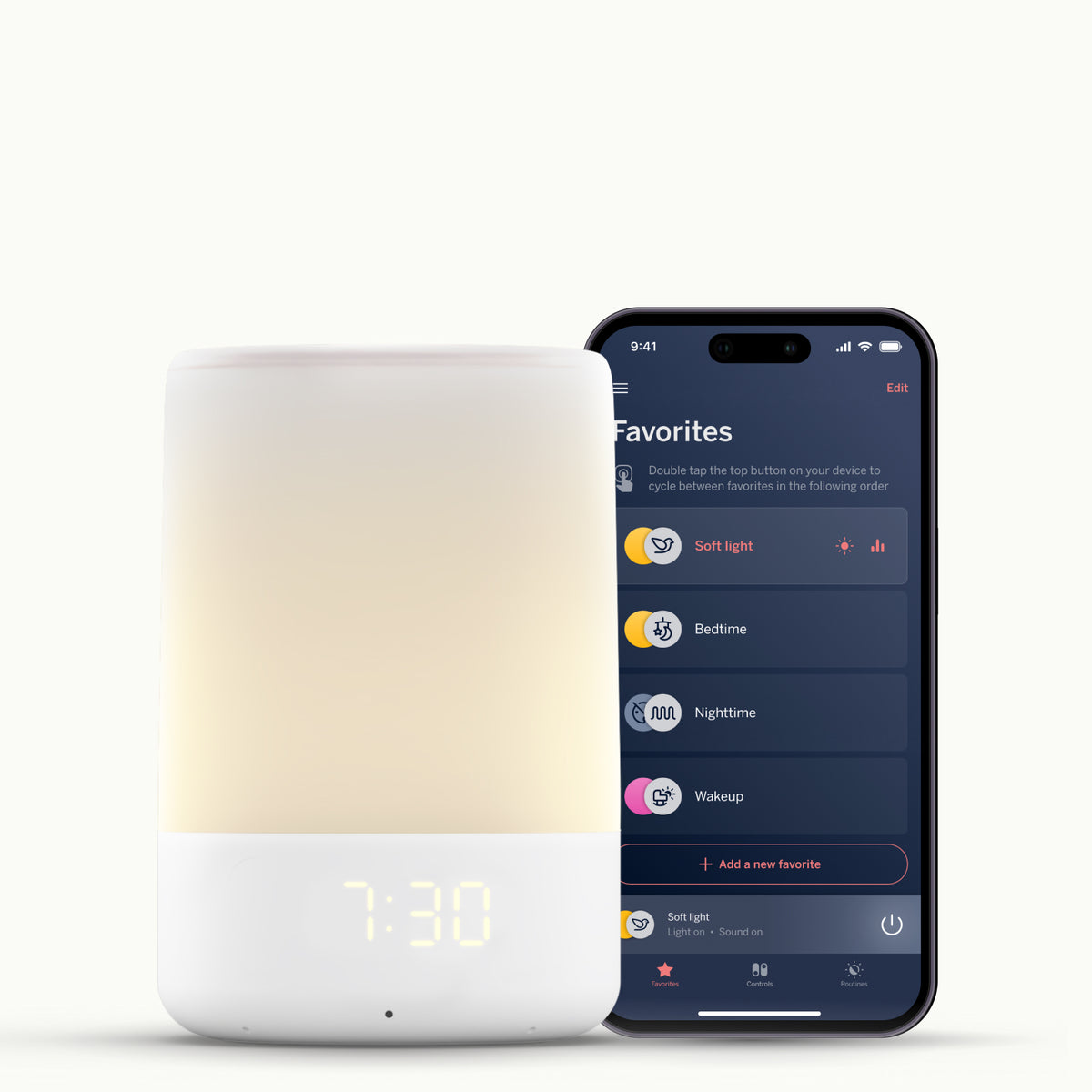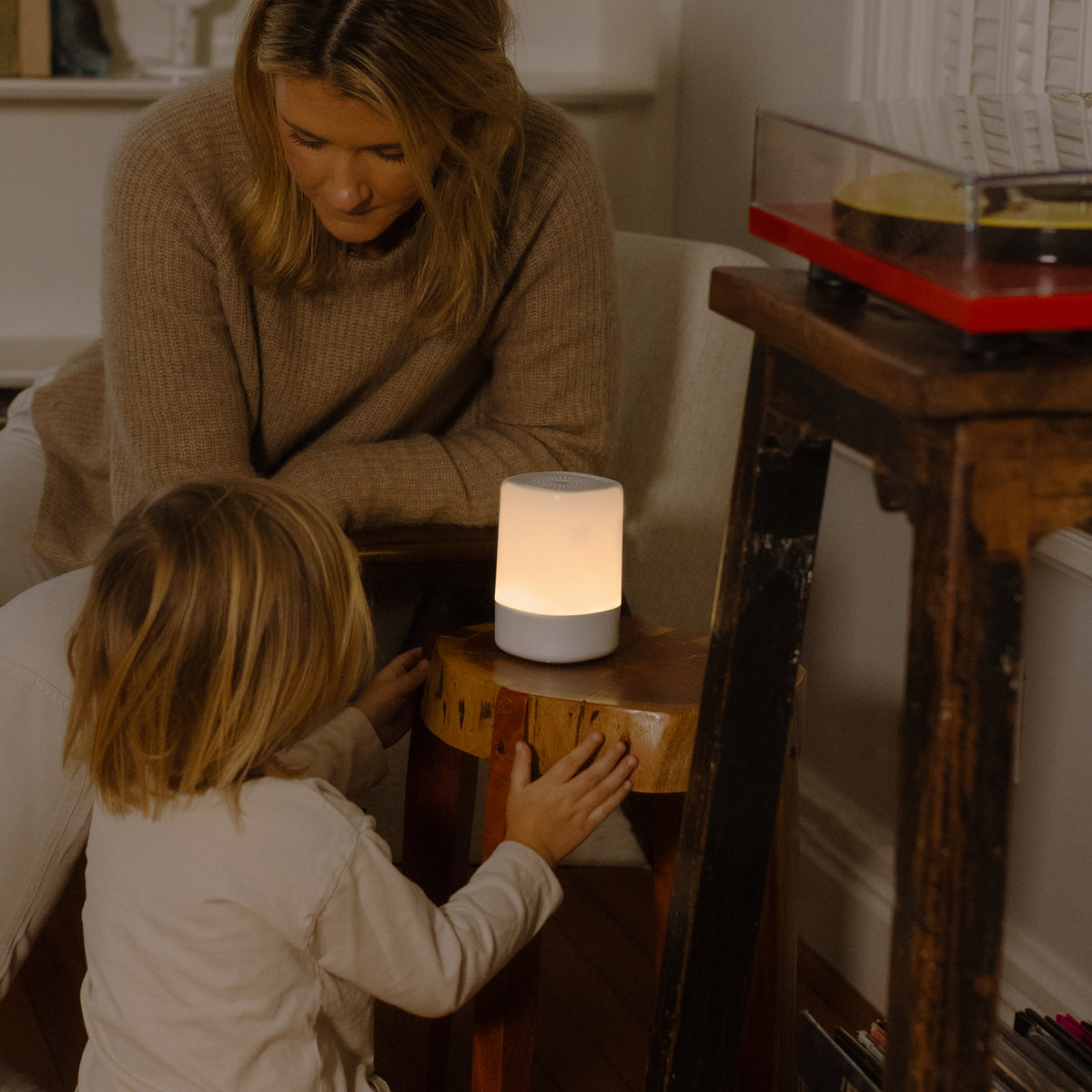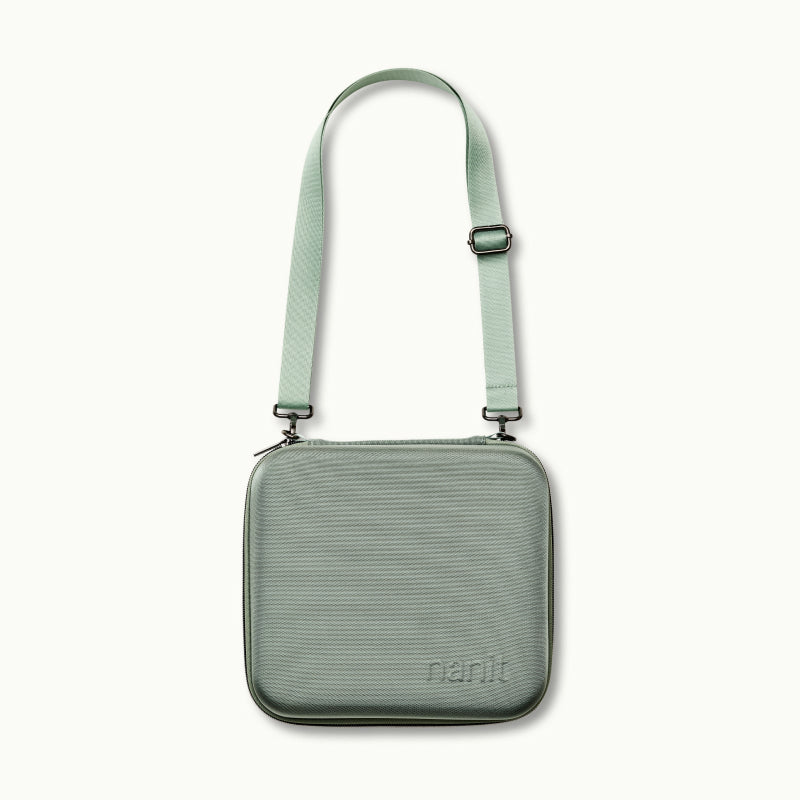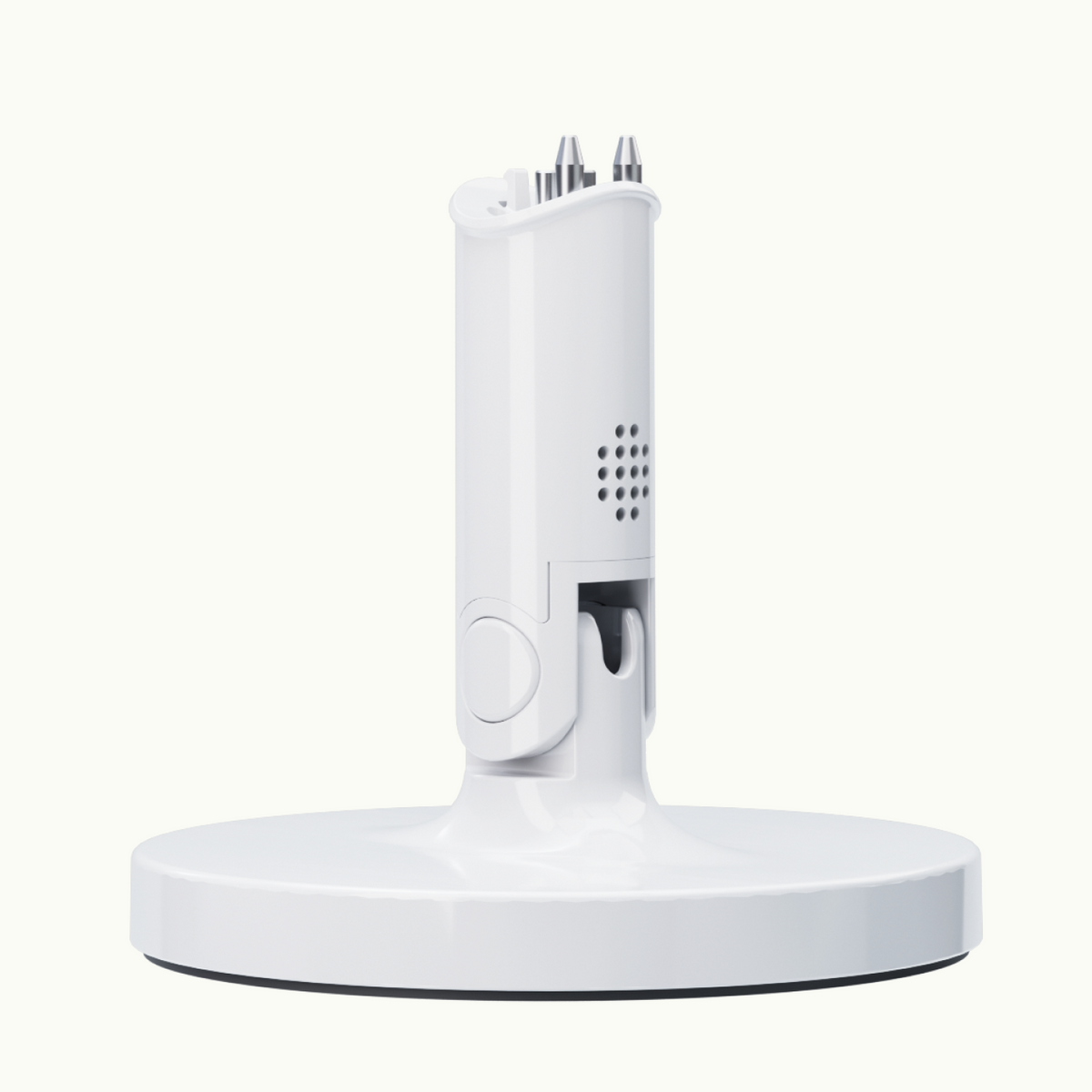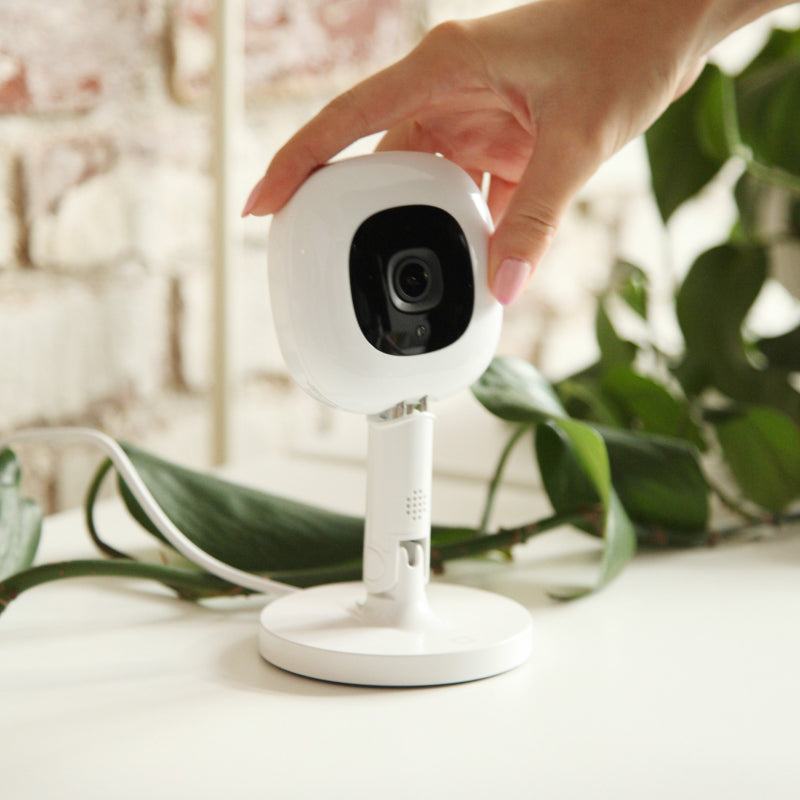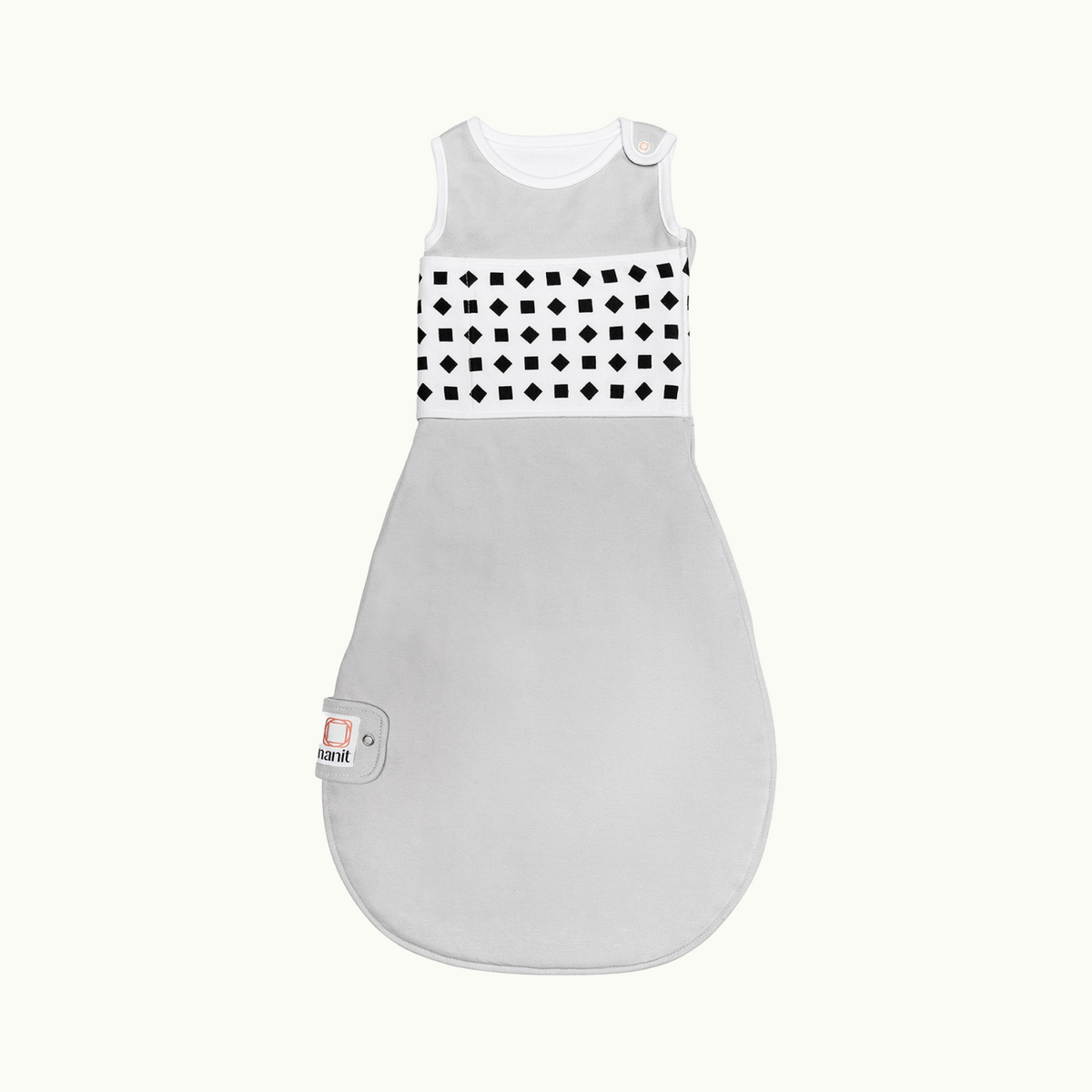Michal Kahn, Michael Gradisar
Abstract
Background
With the outbreak of the COVID-19 pandemic, pediatric experts called attention to the potential adverse effects of living restrictions (e.g., lockdown) on child well-being, but at the same time– acknowledged their possible benefits. To date, only few data-driven reports have been published on child sleep during COVID-19, and all have been based on parent- or self-reports. This study used auto-videosomnography to capture the effects of COVID-19 stay-at-home orders imposed in the USA on objectively measured infant sleep.
Methods
Results
Whereas infant cohorts were equivalent in demographic and January–March/April sleep characteristics, during the 2020 lockdown infants had longer nighttime sleep durations (Mdifference = 11.0 min, p = .01), later morning rise times (Mdifference = 9.5 min, p = .008), and later out-of-crib times (Mdifference = 12.3 min, p < .0001), compared to the equivalent 2019 period. In addition, weekday-weekend differences in sleep onset and midpoint times were diminished during 2020 home-confinement compared to the equivalent 2019 period (2019: Mdifference = 5.5 min, p < .0001; Mdifference = 4.5 min, p < .0001; 2020: Mdifference = 2.3 min, p = .01; Mdifference = 3.1 min, p < .0001, respectively).
Conclusions
Notwithstanding the negative implications of COVID-19 living restrictions in other domains, our findings indicate that there might be a silver lining—in promoting longer and more consistent infant sleep. These benefits should be considered in determining policy for the current and future pandemics.
About the Researchers
The researchers included Michal Kahn and Michael Gradisar.

- Dr. Michal Kahn is a sleep researcher and licensed clinical psychologist, specializing in pediatric insomnia and sleep development. She is a senior lecturer (assistant professor) at the School of Psychological Sciences at Tel Aviv University, Israel.
- Dr. Michael Gradisar is a Professor and Director and Clinical Psychologist at the Child & Adolescent Sleep Clinic at WINK Sleep in Australia, and the Head of Sleep Science at Sleep Cycle in Sweden. Dr. Gradisar has specialized in the treatment of pediatric sleep problems since 2006. He has provided training to over 420 psychologists throughout Australia on the treatment of pediatric sleep disorders, and published several research studies evaluating the treatment of insomnia and circadian rhythm disorders in children, adolescents and adults. In all, Dr. Gradisar has over 100 publications in peer-reviewed journals, has authored several book chapters, and has presented on sleep-related research and intervention internationally.

